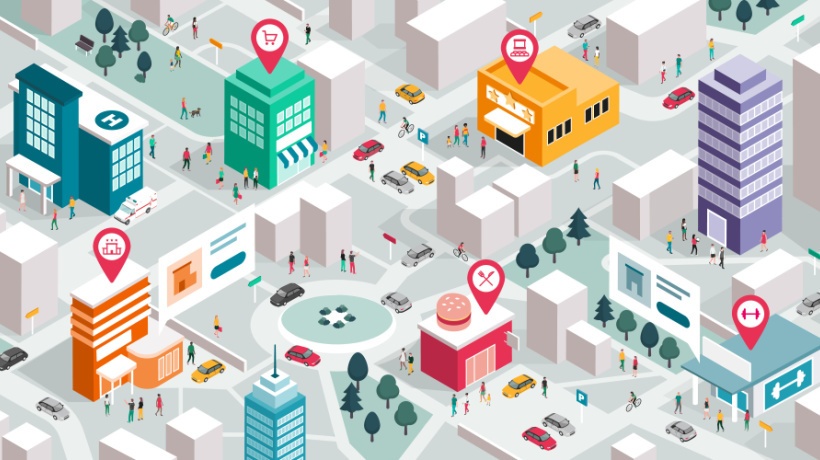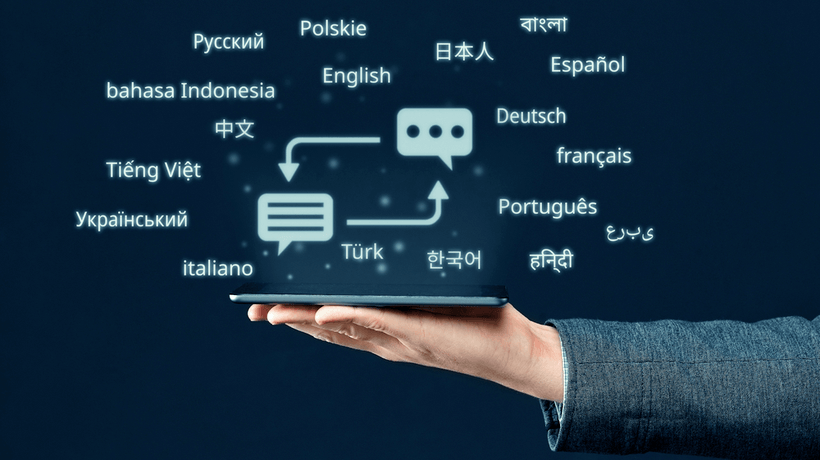Can Localization Revolutionize eLearning?
Education is coming out of the walled classrooms and crossing all physical barriers to empower hard to reach learners in the form of eLearning. But for the exponents of eLearning, it is important to understand that in order for this model to succeed, we cannot have a “one-size-fits-all” concept. The internet has melted the geographic barrier, but has it melted the language barrier too? English is still the most preferred medium of instruction for eLearning course developers, but in order to improve its efficacy, an eLearning course must be localized to suit the needs of the remote learner. While translating to native languages is one aspect, the power of localization can also be broadened to include the concept of on-demand learning. This article attempts to explore how localization can be the next big revolution in eLearning.
In its traditional definition, localization means to adapt a particular product to suit the linguistic and cultural sensibilities of a particular audience. When it comes to creating eLearning courses, developers are still using English to reach to a global audience. This is evident in the result of a Google search of “Top eLearning courses” (the results point to all English learning courses). But English is only the third spoken language in the world. Localizing a course to Mandarin, Spanish, or Hindi will give any eLearning course a mind-boggling number of audiences.
A factory in a remote corner of China may have the need to train its workers in some operations. Localized eLearning would be their best bet to dispense rapid information in its most updated format and saving on traditional training costs while also meeting organizational objectives.
In countries like India for example, where there are 22 official languages, localizing your content in different languages will give you the power to education whole communities and societies and even get to impoverished learners.
But what if localization was not just be about converting content to a local format. Could localization be taken out of the realms of language transition and broadened to encompass a technology transition? Could we have learning algorithms that can modify the pace and content based on the learner’s aptitude? Not all learners are at the same level. To get a broader sense of this take the example of a standard classroom in any part of the world. In a classroom of 50, can we expect all 50 students to identify, process and reproduce knowledge in the same way? We cannot. Typically, out of these 50, around 60% may be average, 20% may be below average and 20% may be above average. If we want every child in such a classroom to be successful, it is obvious that we cannot have a uniform learning module for all. The learning module has to be medium, slow or fast paced depending on the learner.
A “one-size-fits-all” learning formula has been debunked by experts for quite some years now and standardized classroom training is now being replaced by careful and well thought of instructions based on student comprehension. This limitation, which restricted traditional education from truly ‘educating’ all, has often been felt by developers of eLearning courses. eLearning courses are currently being mass produced to fit a particular stereotype of audience. Instruction for a corporate audience or advanced learning audience will and have benefited hugely with eLearning. But what of rural learners or those who need to start from scratch or even those with learning disabilities? Do they fit into the slot of “standard” learners? They do not. And hence what is needed is an eLearning course, which is intuitive enough to adjust the pace, method and content of the learning material based on the inputs it receives from the learner. This will make the eLearning program truly personalized to the preferences and capacity of the learner.
For example, based on the initial feedback from the learner, an eLearning algorithm should be able to decide the future mode of instruction. Would the learner benefit more from a pictorial representation of the content or a textual one? Does the content need to be downgraded or upgraded to match the caliber of the learner? Does the learner need more simulations or case studies to better understand the content? Creating an algorithm that can design eLearning courses based on these considerations can potentially change the face of education. A more structured approach based on the audience type can therefore greatly enhance the effectiveness of an eLearning program.
Let us look at this in context of a country like India where there is great diversity and education is often unpredictable and unstructured. Bringing about a localized course that can understand the needs and learning level of the end user can help homogenize education and basically help the masses leap frog over years of ignorance and illiteracy and pave way for opportunity and brighter prospects.
While an algorithm that can change the entire structure of the course based on audience input requires a great deal of technology infrastructure and funding, it is not entirely impossible and given the sea of opportunities that such technology can bring, it must be encouraged and enhanced.









